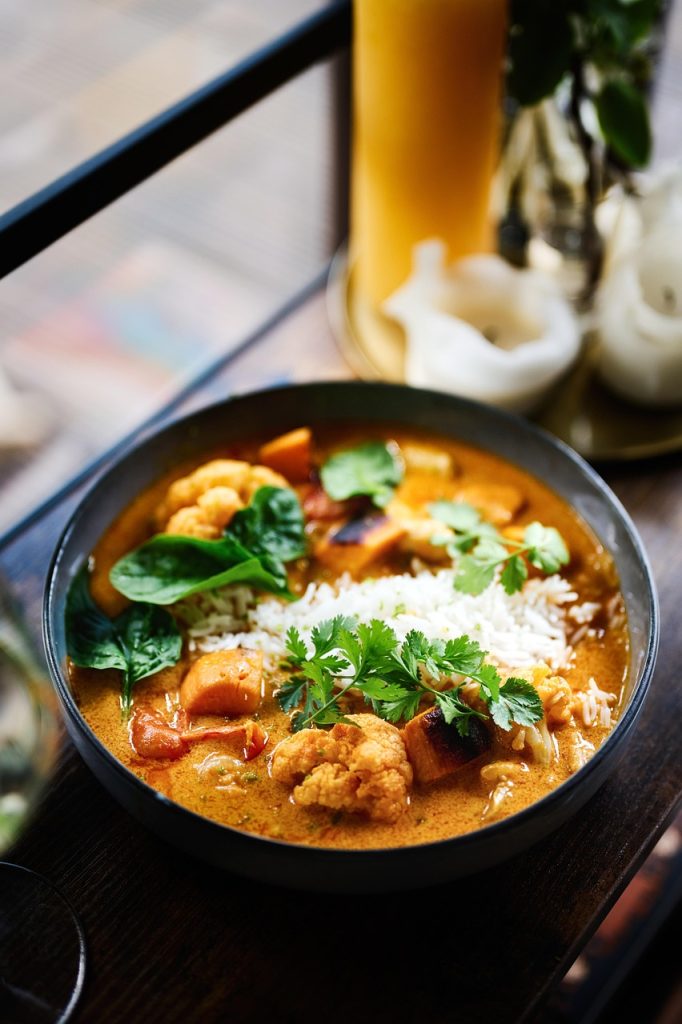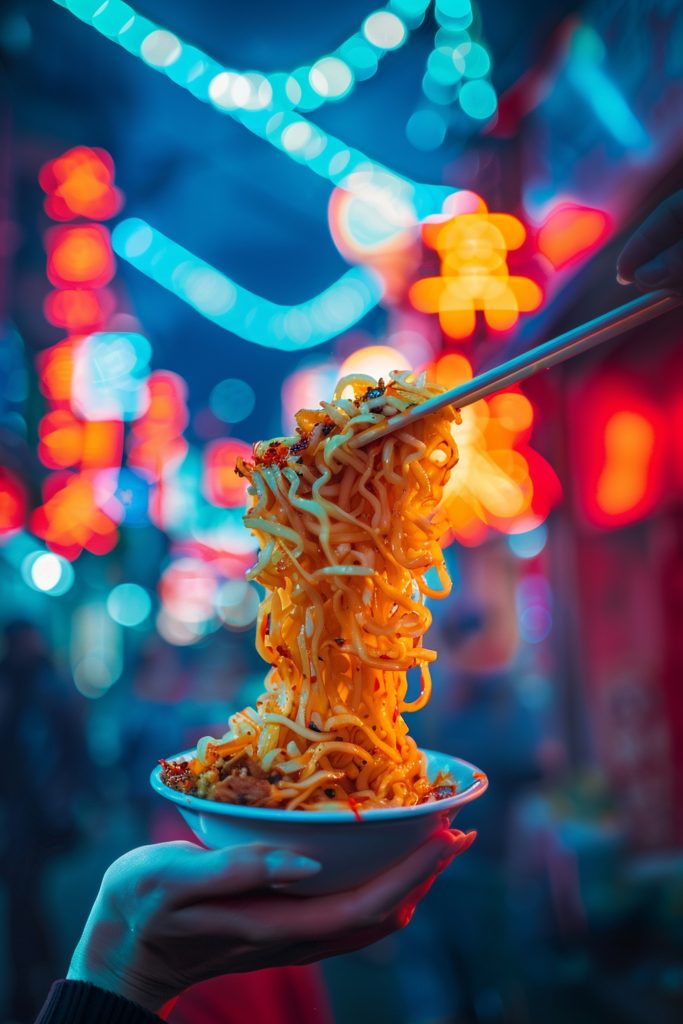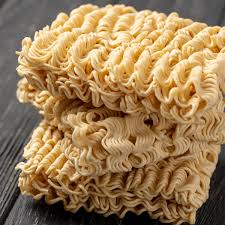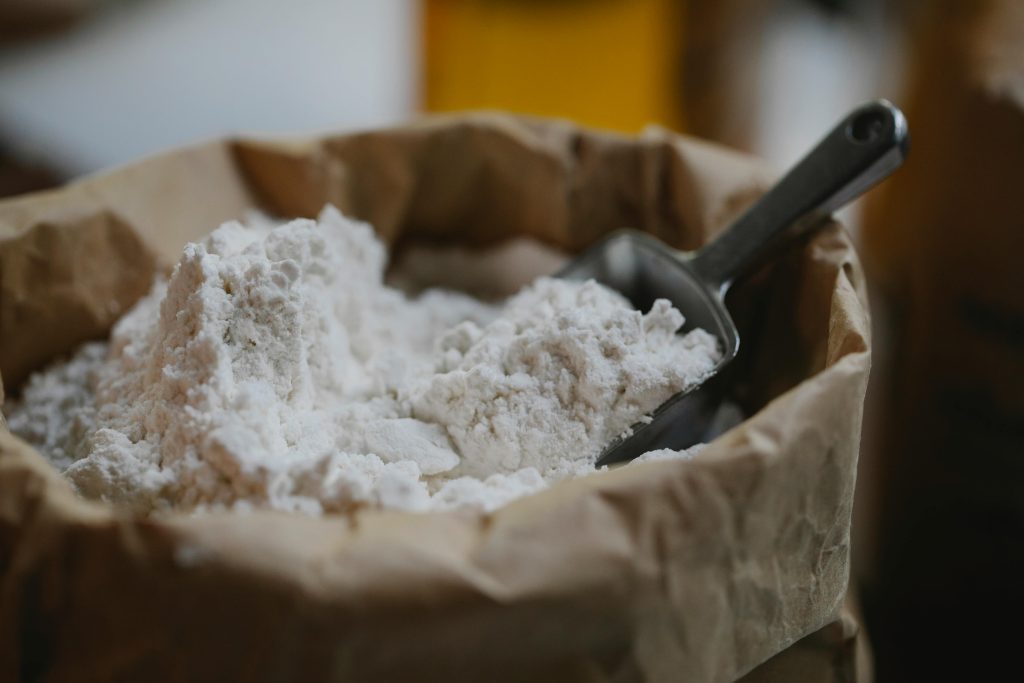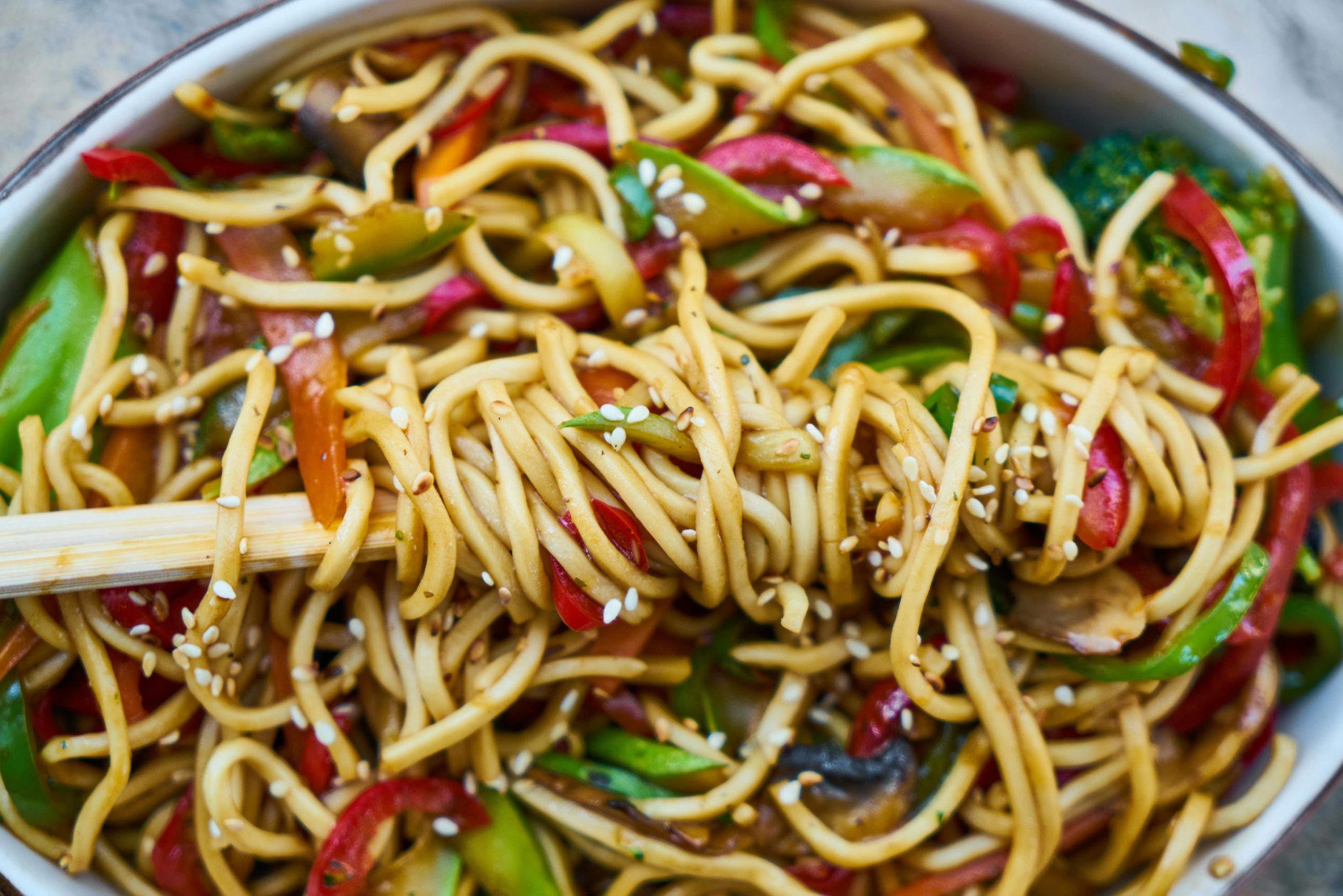Dinner in a Dash: How Ready-To-Cook Gravies Changed My Weeknight Meals
We’ve all been there: a long day at work, and the last thing you want to do is spend hours chopping onions, grinding spices, and sautéing a perfect gravy from scratch. You crave a delicious, home-cooked meal, but your energy levels are telling a different story. Enter the ready-to-cook (RTC) gravy—a game-changer that has revolutionized my weeknight cooking. These convenient jars and packets offer a shortcut to authentic flavors without compromising on taste. If you’ve been skeptical, let me show you how these little jars of magic can help you create amazing dinners in a fraction of the time. Section 1: The Convenience Factor—More Time, Less Stress. (a) The most obvious benefit of RTC gravies is the time they save. Instead of spending 30 to 45 minutes on gravy prep alone, you can have a restaurant-quality curry simmering on your stove in under 15 minutes. This is a lifesaver for busy professionals, students, and anyone who wants to enjoy a flavorful meal without the hassle. (b) No More Chopping: Skip the endless chopping of onions, tomatoes, garlic, etc. (c) Perfectly Balanced Spices: The gravies are crafted by experts, ensuring a consistent and perfectly balanced flavor profile every time. (d) Less Cleanup: Fewer dishes, pots, and pans to wash means more time to relax after your meal. Section 2: The Taste—Dispelling the Myth of “Compromised Flavor” Many people assume that convenience means sacrificing flavor. However, the quality of modern RTC gravies is higher than ever. Premium brands use traditional cooking methods and high-quality ingredients to capture the authentic taste of Indian cuisine. The secret lies in the slow cooking and tempering techniques used to create a rich and aromatic base, giving your meal that homemade goodness. Section 3: Creative Ways to Use RTC Gravies. Don’t think of RTC gravies as a one-trick pony. Their versatility is where they truly shine! (a) Classic Curries: Easily make a quick butter chicken, paneer makhani, or mixed vegetable curry by simply adding your pre-cooked protein or vegetables to the heated gravy. (b) Wraps and Rolls: Use the gravy as a filling for chapati rolls or wraps for a quick and satisfying lunch. (c) Pasta Sauce with a Twist: For an Indo-Italian fusion, try adding some RTC tomato makhani gravy to cooked pasta for a tangy and unique flavor profile. (d) Creative Dishes: From flavorful baked dishes to calzones, RTC gravies can be a base for all sorts of culinary experiments. Section 4: A Look at the Different Varieties The world of RTC gravies is expanding beyond the classic options. Today, you can find a wide range of flavors to suit any dish. (1) Butter Chicken Gravy: A rich, creamy, and mildly spiced base that’s perfect for a classic, crowd-pleasing dish. (2) Bhuna Masala Gravy: Ideal for creating a range of Indian curries and wraps with its traditional, slow-cooked spice flavor. (3) Shahi White Gravy: A royal, mildly spiced option that is perfect for Mughlai dishes. (4)Kadhai Red Base Gravy: A vibrant and bold-flavored gravy that works well for a hearty mix-veg or kadhai chicken. CONCLUSION Ready-to-cook gravies are a convenient and flavorful solution for anyone looking to simplify their cooking process. They provide a quick and easy path to delicious, authentic meals without sacrificing taste or quality. So go ahead, grab a jar and rediscover the joy of home cooking, even on your busiest days.
Dinner in a Dash: How Ready-To-Cook Gravies Changed My Weeknight Meals Read More »

